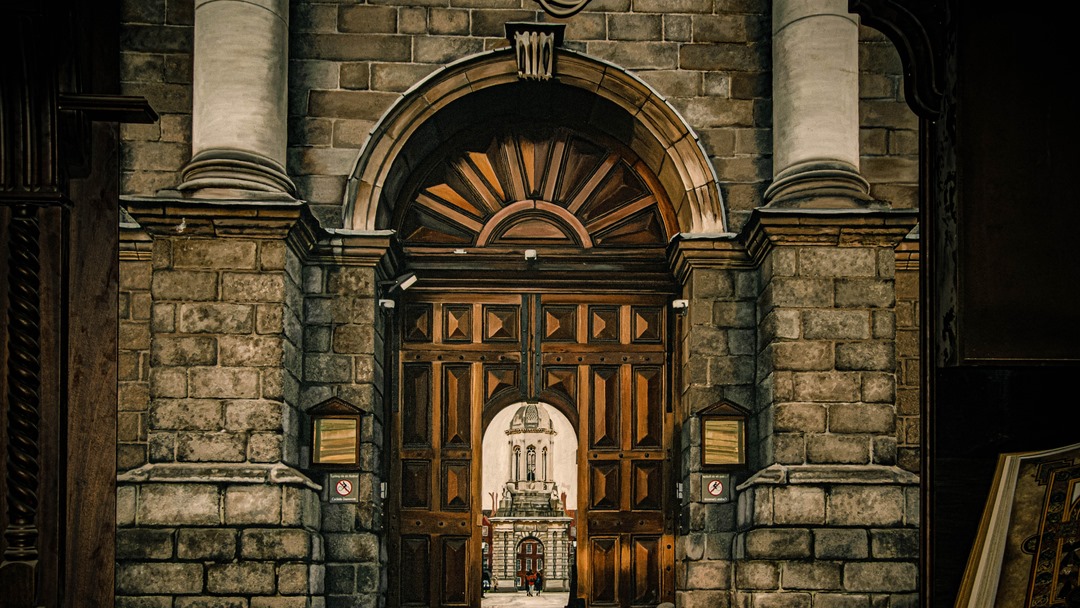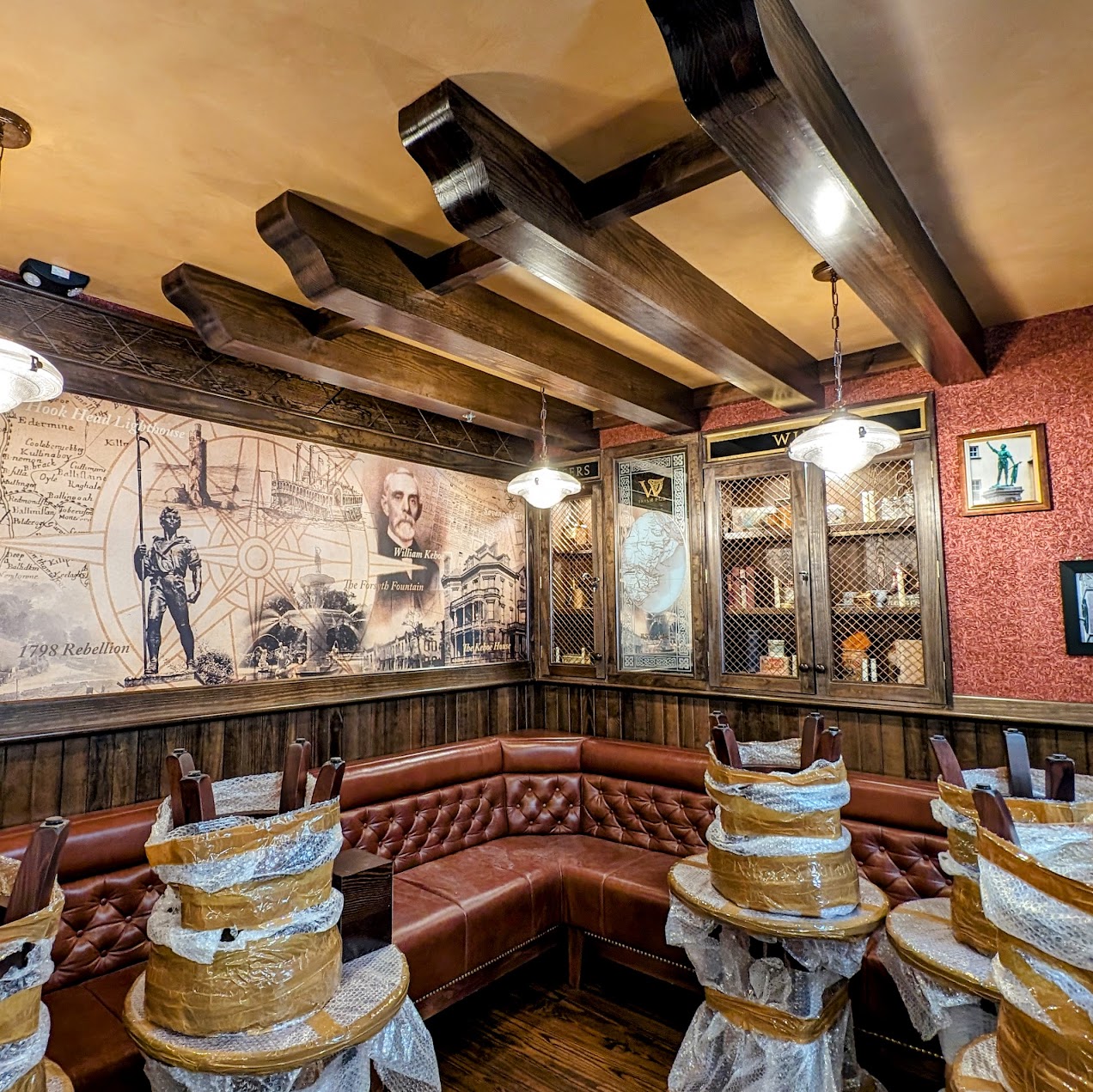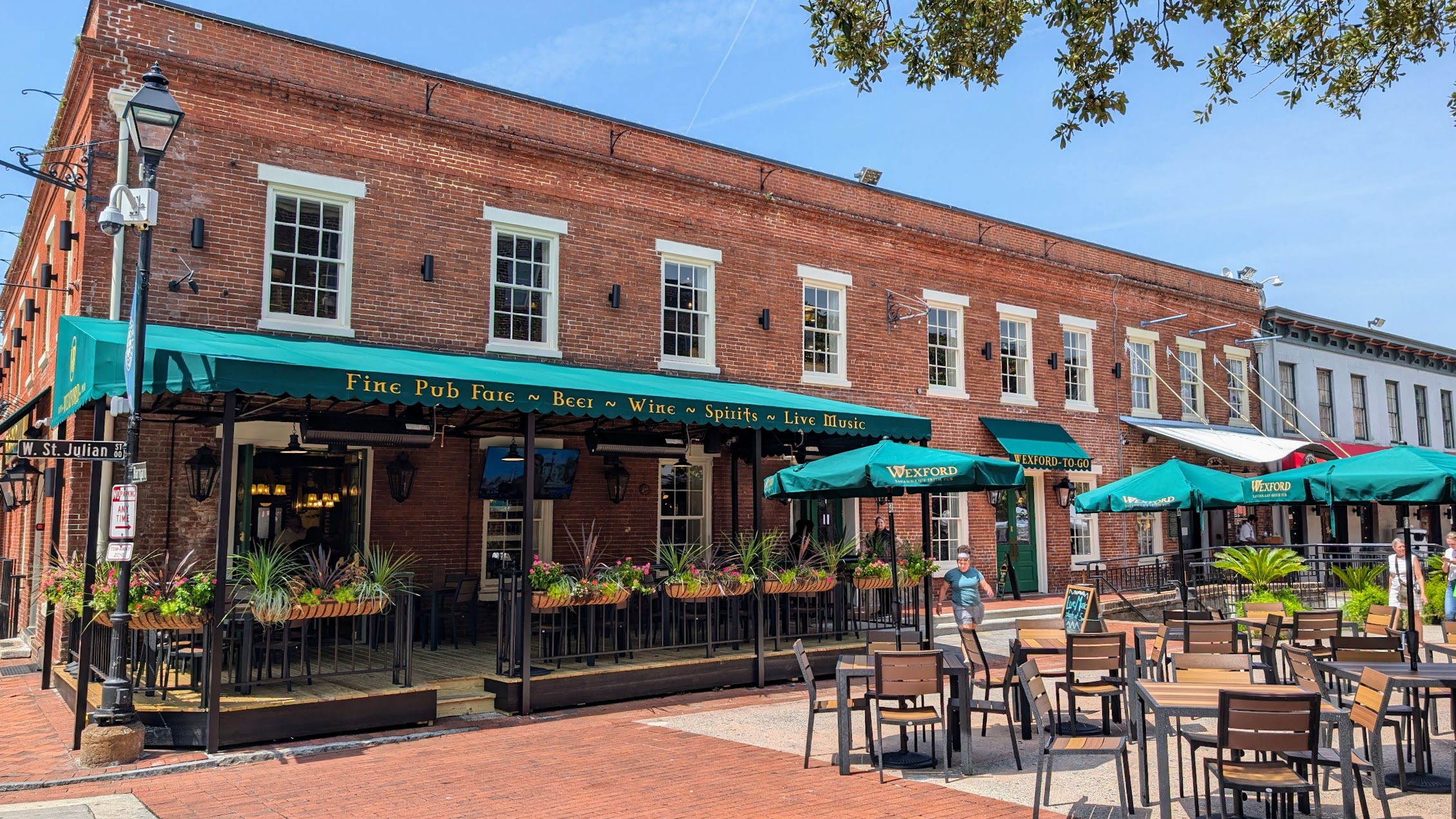How to Renovate a Historic Building for a Restaurant
Renovating a historic building for a restaurant is a unique challenge. It’s a blend of architectural respect, regulatory considerations, and creativity. Unlike constructing something brand new, working with a historic site means working around certain limitations, often to find that they become the restaurant’s greatest assets. Let’s dive into the steps, pitfalls, and rewards of transforming an old building into a bustling restaurant space.

Start with a Deep Dive into the Building’s History
Every historic building has its own story, and understanding that story can guide the entire renovation process. Sometimes the building itself will inform your design, giving you clues on what will feel authentic or what features you can amplify to create an atmosphere steeped in character.
Research the Era and Architecture: Understanding the period of architecture can help identify what’s feasible to change and what should be preserved. For example, some buildings may have original woodwork or stone walls that can’t be replicated but add significant charm. A place like The Thatch, a historic pub project by Irish Pub Company, embraces the traditional Irish craft of thatching while also adding a modern twist. This balance of new and old can be crucial in maintaining historical integrity.
Connect with Local Historians: Engaging with local historians or heritage experts can provide insights into the building’s significance within the community. They might even have old photos or documents that give you ideas for incorporating historical references.
Navigating Regulations and Permits for Historic Renovation
One of the trickiest parts of renovating a historic building for commercial use is navigating the regulatory landscape. Historic buildings are usually protected under local laws that prevent certain changes or mandate the preservation of specific features.
Applying for Listed Building Consent
If the building is listed, you’ll likely need special permission for any structural changes. Listed Building Consent is required for any work on a listed property that might affect its character as a building of historical significance.
• Tip: Seek guidance from local heritage bodies or government departments that specialise in historic preservation. The rules can be specific, so having experts on your team who are familiar with the application process is invaluable.
Compliance with Modern Safety Standards
Historic buildings weren’t exactly built with fire safety codes, disability access, or efficient plumbing in mind. Part of the challenge lies in bringing these buildings up to code without compromising their historic value.
• Fire Safety and Accessibility: Look for creative solutions, like adding unobtrusive sprinklers or cleverly integrating ramps, to meet modern standards. According to Historic England, there are grants and guidelines available to assist in adapting historic sites while preserving their structure.
• Energy Efficiency: Improving energy efficiency in an old building can be tough, but not impossible. Double-glazed windows or internal insulation may need to be added in a way that doesn’t affect the building’s exterior. Many restaurateurs find that even small adjustments, like draught-proofing doors, can make a huge difference.
Embracing the Building’s Unique Character
One of the biggest advantages of working in a historic building is the character it brings. Embrace the building’s quirks and incorporate them into your design to make the restaurant feel truly unique. Many customers are drawn to restaurants in historic buildings because they offer an experience, not just a meal.
Highlight Original Features
Exposing original brickwork, wood beams, or even stained glass windows can become the main attraction. These features tell a story of the building’s past and help create an authentic atmosphere.
• Case Study: The Irish Pub Company’s project, Durty Nelly’s in Canada, is a prime example of how original design elements were preserved and celebrated. With features like exposed beams and brick walls, Durty Nelly’s captures the essence of its Irish heritage while serving a modern, vibrant clientele.
Custom Lighting to Match the Vibe
Lighting is essential in any restaurant, but in a historic building, it’s an opportunity to complement the architecture. Using low, warm lighting can highlight old woodwork and stone walls. Consider retrofitting chandeliers or vintage sconces to match the building’s era.
Add Modern Touches with Caution
While you want to keep the building’s authentic look, small, modern touches can make the space more comfortable without detracting from its character. Consider minimalistic furniture or subtle design elements that won’t distract from the building’s original features but add a contemporary edge.
Balancing Functionality with Aesthetic Appeal
A historic building may look charming, but it likely wasn’t built with a commercial kitchen or bustling dining area in mind. Finding a balance between creating a functional space for staff and ensuring it still looks the part can be challenging.
Designing the Kitchen for Efficient Workflow
Most historic buildings have smaller, confined spaces, so designing an efficient kitchen can require some creativity. One solution might be to separate prep and cooking areas to make the most of the available space without compromising on staff workflow.
• Tip: Consider modular kitchen equipment that can fit into awkward spaces. Modern, smaller appliances can also reduce the heat load, an important factor when working in older buildings without much ventilation.
Maximising Seating without Losing Character
In a restaurant, every square foot counts. However, squeezing in too many tables can ruin the ambiance that historic buildings naturally have. Look at the building’s structure to identify “anchor points” where larger tables can sit naturally.
Custom Seating and Décor
Historic spaces often have unusual dimensions or alcoves. Custom-built seating, like the booths created by the Irish Pub Company for the Punch Tarmey’s project in Liverpool, helps fill unique spaces effectively while maintaining the aesthetic.
Tying It All Together: A Cohesive Theme with Historic Relevance
Renovating a historic building for a restaurant is as much about storytelling as it is about structure. Think of the final design as a way of honouring the building’s past while inviting customers to make new memories within its walls.
Building a Brand with Historical Elements
Use historical elements to build your restaurant’s brand. A pub or restaurant with a story is far more memorable to patrons, and it helps create a unique identity that no modern building could replicate.
• Example: Irish Pub Company’s project, The Kinsale in Italy, pays homage to the Irish town it was named after. This pub incorporates design elements that reflect the culture and heritage of Ireland, making it both authentic and inviting to guests from all backgrounds.
Engage with the Community
Historic buildings are often local landmarks. Reaching out to the community and involving them in the renovation journey can be hugely beneficial. It creates a sense of shared ownership and encourages loyalty. Many restaurateurs find that opening-day events or historical tours are great ways to celebrate both the building’s past and its new beginning.
• Fun Fact: When the The George Inn in Southwark in London reopened after extensive renovations, they brought in a local historian to share the building’s history with guests. It was a huge hit and drew the local press, which helped spread the word about the restaurant’s unique offering.



Conclusion
Renovating a historic building for a restaurant is a labour of love that brings new life to a piece of history. While it comes with its fair share of challenges—from navigating complex regulations to preserving the building’s character—the results can be incredibly rewarding. Your restaurant becomes more than a place to eat; it becomes a living story, a connection to the past, and a memorable experience for every customer who walks through the door.
If you’re considering a similar project, don’t hesitate to connect with experts like the Irish Pub Company, who have years of experience in preserving historical integrity while creating vibrant, functional spaces. Whether it’s a historic pub in Ireland or a French-inspired bistro in London, a well-renovated building can become the heart of a community.